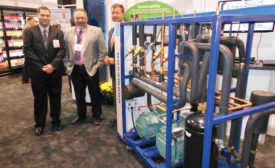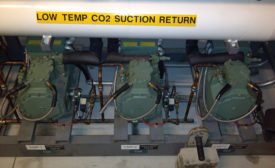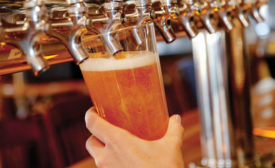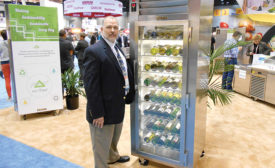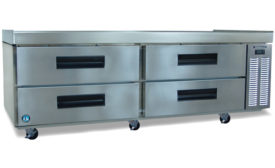Freezers and Coolers
Litigation necessary, again, to overcome ‘unfeasible, unjustifiable’ standards
Read More
Restaurateurs Insist Qualified Contractors are Important Ingredients
Food service entrepreneurs rely on refrigeration for perishables, profits
Read More
Supermarkets: A Bellwether of Industry Changes
Shopping center systems are evolving based on energy efficiency, environmental factors
Read More
Transcritical CO2: One Year of Lessons Learned
Overall, the HFC-free system performed well in supermarket pilot
Read More
Ice Breaker: Raise a Glass to Beer-dispensing Equipment
Understanding the workings behind one of refrigeration’s most important applications
Read More
Settlement Reached in Case Disputing DOE Walk-in Coolers and Freezers Rule
AHRI petitioned for review of the new energy efficiency standards in August 2014
July 30, 2015
Food Service Equipment/Refrigeration Market to Reach $44.33 Billion by 2020
The market is primarily being driven by extensive growth in the hospitality industry
July 28, 2015
Coolers, Freezers in Holding Pattern
Manufacturers preparing for DOE standards, react to potential HFC delisting
Read More
Copyright ©2024. All Rights Reserved BNP Media.
Design, CMS, Hosting & Web Development :: ePublishing




